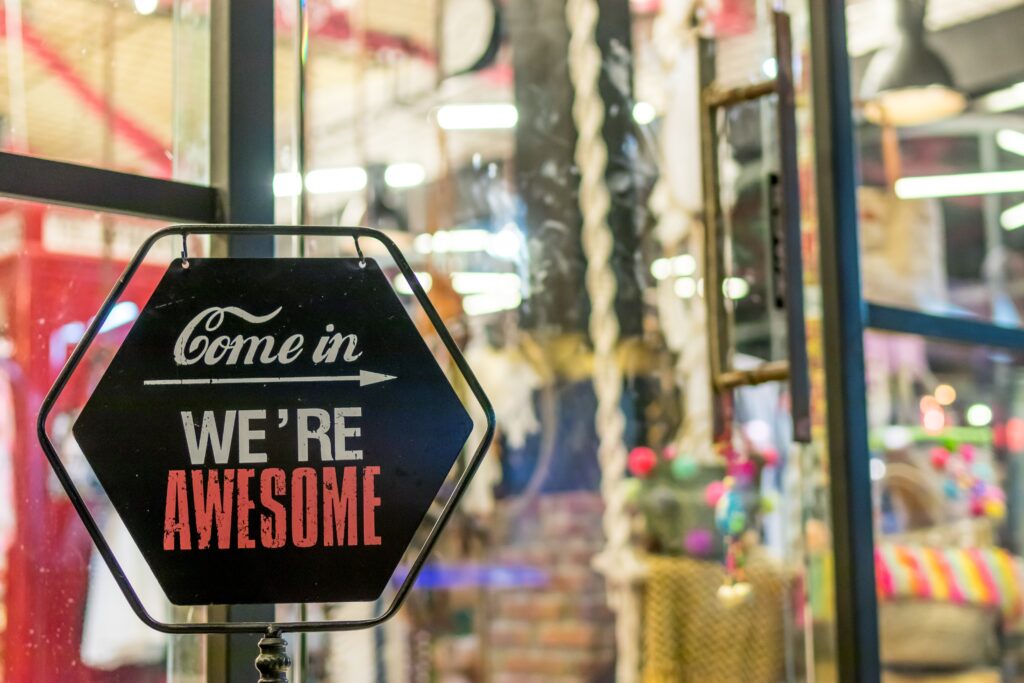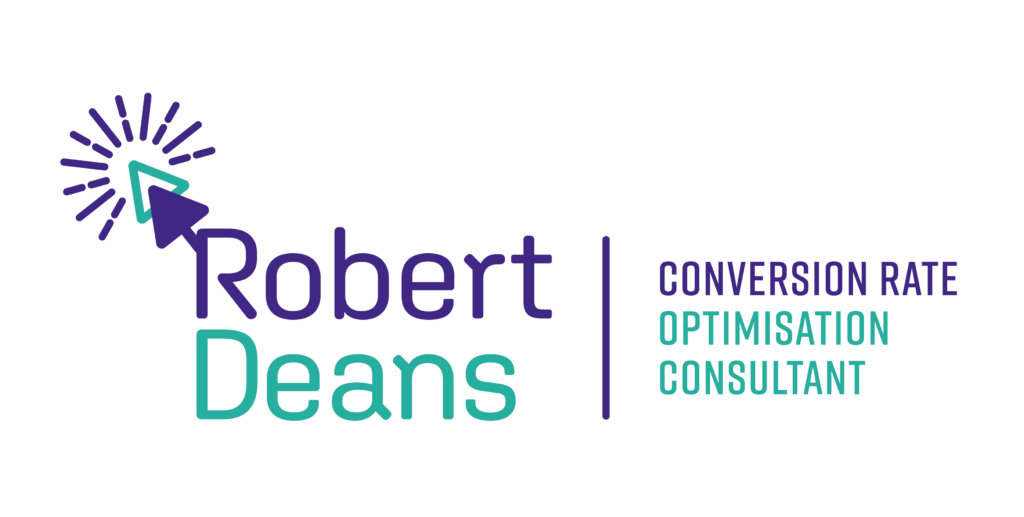A couple of weeks ago I wrote part 1 of this blog where I explored 4 things that subconsciously go through the minds of people who visit your website. Even though these thoughts are not conscious, you can be sure that if the answer to any of them is no, you just lost a sale.
Be sure to go back and check out part 1 if you haven’t already.
But if you have read part 1, let’s dive into part 2…
5. Is buying from this site any better than buying from a competitor site?
A one-time customer is good, a returning customer is great. It is all too easy for your visitors to decide they will leave your website and go to a competitor if there is no loyalty. Unlike with physical stores (where yours may be 1 of only 10 similar stores in town), you are now theoretically competing with most stores around the world. Loyalty online is hard earned and extremely valuable.
You need to give your visitors reasons to buy from you now and in the future. Common reasons customers choose the same websites time after time include:
- A simple, quick and easy to use website.
Never underestimate the power that ease of use holds.
- A well-known brand with a good reputation.
The brand may have originally established itself in the pre-digital era, or it could have crafted its reputation online from the beginning. Either way, if people have heard positive things about it, they are more likely to give it a go in the first place. This point also links to trust signals such as reviews (see point 7 for more on this).
A positive reputation followed by a positive experience on a website makes it more likely a customer will return. A bad experience on a website will make it less likely the customer will return, and it could threaten the brand’s reputation if the customer posts about it, impacting on the number of future customers. There is greater transparency surrounding what it’s like to use a company now than in the pre-digital era and people can easily be more vocal, meaning there is less room to make mistakes when it comes to your reputation.
- Exclusive deals or early access to certain products/services for those who sign up to a mailing list.
We all like to feel special, and money off is a pretty persuasive marketing tool. Combine the two to double your marketing impact, and the likelihood that customers will return.
- A loyalty program.
It’s important that people actually deem a loyalty program worthwhile if you offer one. There are a lot of people who have cardboard coffee shop loyalty cards, but forget to use them again.
Earning points online and then having them automatically applied may be more convincing, as it takes little to no effort on the part of the customer to gain the benefits. Companies like Expedia use a loyalty system like this to their advantage. Whatever program you are considering offering, make sure it’s one people will appreciate and use.
- A higher purpose which speaks to your customers values.
This could mean only selling ethically sourced products or supporting local businesses. Thortful is an example of an online greetings card store which uses this technique. One of their main selling points is that they support independent creators rather than selling cards produced by larger companies.
Aligning your values with those of your target market is an extremely powerful technique, particularly if you can create a community and sense of belonging surrounding those values. SoulCycle, Apple, Disney Parks and Harley-Davidson are examples of brands that have tapped into their target market’s values and helped forge communities of like-minded people. Even when these brands do something unpopular, their loyal following will stick by them because of the power of belonging. You can read my previous blog “ Why it is important to align your values with those of your customer ” to uncover more on this fascinating topic.
- “Free” delivery.
People will often choose to pay more for a product that has free delivery than the same product at a cheaper price where delivery is paid separately.
Some companies, such as Amazon and ASOS have had major success at selling the illusion of free delivery as a monthly or annual fee payed separately to the item being purchased. Once the customer has paid for “free” delivery, they are more likely to return within that month or year to make the most out of it.
- The familiarity effect.
When a website is used often, it feels safer and more trustworthy. Because the user feels safe on one website, they feel less safe when venturing outside of their comfort zone. They are more likely to be loyal to the website they are used to, even if a better deal could be had elsewhere. The familiarity effect can be a biproduct of other factors on this list, such as knowing the brand from a physical store before venturing online, or finding the website easy to use the first time they used it.
The tactic you choose to encourage customers to buy and return will depend on the industry you are in and your business model, so some of these tactics may involve decisions being made by higher-level management. However, some strategies are within the realms of the marketing or digital team and working with a specialist consultant could give these teams the fresh energy they need to drive up conversions.

6. Is it obvious what my next step is? Are the Calls to Action clear?
When we are in a store and want to make a purchase, we look for a checkout desk. When we are interested in a piece of art in a gallery, we look for someone to tell us more about it. And when we are online, we expect to see a prompt encouraging us to act. Like navigation issues, not having a clear indication of how to progress can stop a visitor in their tracks. This forces them to attempt to find an alternative path or leave your website entirely.
Calls to Action (CTAs) should be visually clear on the page, meaning they stand out and the eye is naturally drawn to them. It should also be clear (if there are multiple CTAs), which one is the primary option. So, if you have two CTAs on your basket page and one says “Carry on shopping” and the other says “Add payment details”, the “Add payment details” should stand out more than the “Carry on shopping”. After all, a bird in the hand is worth two in the bush.
If you know there may be some hesitation from visitors about clicking on your CTA, you should also make sure you are providing reasons to act and helping to alleviate anxieties about doing so. Placing content close to the CTA which evokes desire or uses the scarcity and/or urgency principles can be incredibly powerful. But be careful not to overuse these tactics, or to use them misleadingly as this creates distrust and will repel potential customers.
Using a countdown for a limited time offer which resets each time it reaches 0 is an example of how using these tactics can go horribly wrong. I have actually seen this tactic fail on social media, as users became savvy and started describing the company as a scam and untrustworthy in the comments section.
The fear of the unknown is a common and rational fear that sometimes occurs when users are faced with an ambiguous CTA. Help alleviate the fear your visitors have about clicking on a CTA by making it very clear what will happen as a result. You may also want to build in other reassurances on the CTA itself, or in the copy surrounding it. Such as “Add payment details securely” or “Add payment details” – “You will be connected to a secure site with enhanced digital protection to keep your card details extra safe.”.

7. Do I feel confident enough to leave my card details on this site?
Trust is a big factor when it comes to deciding which (of the many) options online to select. It is also a big factor in determining if the visitor will explore their chosen option further, if the visitor will make a purchase and if they will return.
A variety of factors such as cost, delivery, quality and branding all contribute to the reasons why a person chooses to buy from a particular company. The impact each factor has depends on the product or service being purchased. But if a lack of trust is felt, it will be the number one reason that someone dismisses buying from a company. It is the one thing you can’t afford to get wrong.
There are several actions you can take to promote trust on your website, some of which are listed below:
- Adding trust icons.
Security shields and well-known credit card logos may just be pictures, but they have a lot of sway over visitor’s perceptions.
- Displaying genuine testimonials.
Testimonials used on your website should be from people who represent your target market. The testimonials should detail a relatable problem and how your product/service fixed it. Make sure testimonials have names and (preferably) photographs attached to them to give them extra credibility.
- Displaying a customer star rating of 4 and above.
Customer ratings are losing some of their persuasive power as fake reviews on large e-commerce sites and app stores have increased scepticism. Despite this, they can still be impactful on some visitors, particularly if the rating comes from a third-party website such as Trustpilot or Tripadvisor.
You should provide a link to the original website for any ratings/reviews from a third-party website to combat the assumption that you are picking and choosing which reviews to show. This high level of scepticism may seem extreme, but it has been voiced by real users, so don’t dismiss it, address it.
- Being a source of experience and expertise.
Demonstrating your company’s expertise in your field through free informative content or listing employee’s qualifications shows your visitors that you know your stuff and implies the product/service they are going to receive will be high quality.
If you have won any awards, these should be easily visible on your website. Awards tell your visitor you are one of the best in your sector, even if they don’t know what the award was for. You will get bonus trust points if your target market is likely to have heard of the awarding body. For example, displaying a Tripadvisor award on a tourist destination website is likely to have a strong impact.
Similarly, citing the year you were established (provided this was a fair amount of time ago) will send the message that your company has been successful in pleasing its customers for a long amount of time. This is something you can’t do as easily if you are new on the scene, but if you’ve had a lot of customers you could shout about this instead. McDonald’s is well known for using this type of social proof when they were first starting up, and they haven’t done too badly since.

Take a look through someone else’s eyes
It’s often easy to see where other companies are getting it wrong, but harder to see where your own company could do more to encourage engagement from visitors. Having an outside perspective can really help. This input could come from a content design expert, a conversion rate optimisation consultant or from people who represent your target market.
If you think a conversion optimisation consultant might be able to help you, but you are unsure, you can arrange a free consultation with me. I will help you determine if CRO is a good next step for you.
You can get in touch by phone on: 44 (0) 7973 132 456 or email at: robert@robertdeans.co.uk
I hope to hear from you soon!

